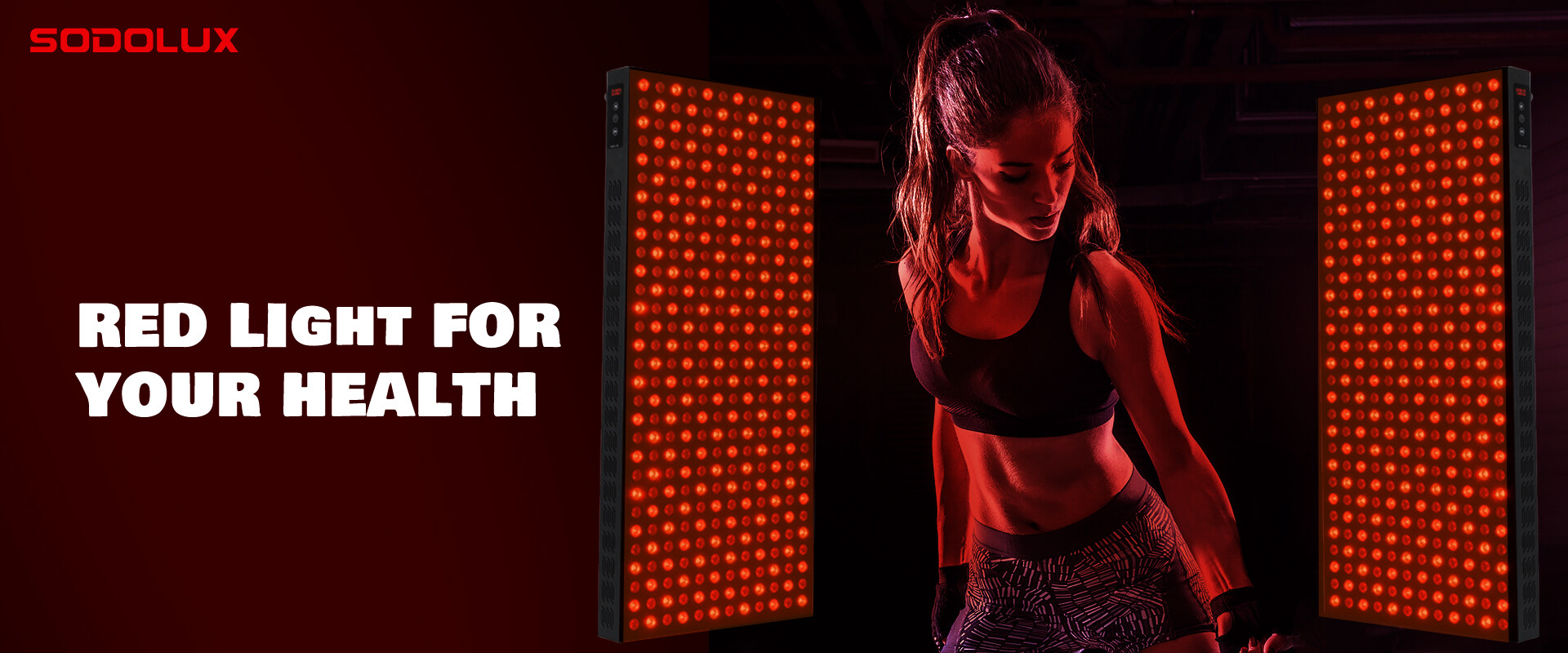Email format error
Email cannot be empty
Email already exists
6-20 characters(letters plus numbers only)
The password is inconsistent
Email format error
Email cannot be empty
Email does not exist
6-20 characters(letters plus numbers only)
The password is inconsistent


Hyperpigmentation, a common skin condition characterized by darkened patches of skin, can be a source of frustration for many. Whether caused by sun damage, inflammation, acne scars, or hormonal changes, hyperpigmentation can affect one's confidence and appearance. Among the numerous treatments available, LED light therapy has gained popularity for its non-invasive and promising results. But does LED light therapy work for hyperpigmentation? Let's delve into this intriguing topic.
Before exploring the effectiveness of LED light therapy, it's essential to understand what hyperpigmentation is. Hyperpigmentation occurs when an excess of melanin, the pigment responsible for skin color, forms deposits in the skin. This can result from various factors, including sun exposure, hormonal changes, inflammation, or certain medications. Common forms of hyperpigmentation include melasma, post-inflammatory hyperpigmentation (PIH), and age spots.
LED (Light Emitting Diode) light therapy is a skincare treatment that uses varying wavelengths of light to penetrate the skin at different depths. It is commonly used to address a range of skin concerns, including acne, fine lines, and hyperpigmentation. The therapy is non-invasive, painless, and suitable for all skin types.
LED light therapy typically involves three primary colors of light:
1. Red Light: Penetrates deeply into the skin, promoting collagen production and reducing inflammation.
2. Blue Light: Targets the surface of the skin, killing acne-causing bacteria.
3. Green Light: Aims to reduce hyperpigmentation by inhibiting excess melanin production.

So, does LED light therapy work for hyperpigmentation? The answer lies in the specific benefits of each type of light used in the therapy.
Red Light Therapy
Red light therapy is known for its anti-inflammatory properties and ability to stimulate collagen production. While it's primarily used for anti-aging treatments, red light can also help reduce the appearance of hyperpigmentation by promoting skin healing and cell regeneration. This can gradually lighten dark spots and even out skin tone over time.
Blue Light Therapy
Blue light therapy is primarily used to treat acne by targeting and killing the bacteria responsible for breakouts. However, by reducing acne, blue light therapy indirectly prevents the formation of post-inflammatory hyperpigmentation, which often occurs after acne lesions heal. This helps maintain a more even skin tone.
Green Light Therapy
Green light therapy is specifically targeted at reducing hyperpigmentation. It works by inhibiting the production of excess melanin, the pigment responsible for dark spots. By decreasing melanin production, green light therapy can gradually lighten existing hyperpigmentation and prevent new spots from forming. This makes it particularly effective for conditions like melasma and age spots.
The appeal of LED light therapy for hyperpigmentation lies in its numerous benefits:
1. Non-Invasive: LED light therapy is a non-invasive treatment, meaning there are no needles, incisions, or downtime involved. It's a gentle option for those looking to improve their skin without undergoing more aggressive procedures.
2. Painless: The treatment is painless, making it suitable for individuals with low pain tolerance or those seeking a comfortable skincare solution.
3. Suitable for All Skin Types: LED light therapy is safe for all skin types, including sensitive skin. It doesn't cause irritation or adverse reactions, making it a versatile option for everyone.
4. Promotes Overall Skin Health: Beyond treating hyperpigmentation, LED light therapy can enhance overall skin health by boosting collagen production, reducing inflammation, and improving skin texture and tone.
5. Complementary to Other Treatments: LED light therapy can be used in conjunction with other skincare treatments, such as chemical peels, microdermabrasion, and topical treatments, to enhance their effectiveness and achieve more comprehensive results.
To achieve the best results with LED light therapy for hyperpigmentation, it's important to follow these guidelines:
1. Consistency is Key: Regular and consistent use of LED light therapy is crucial for seeing noticeable improvements. Most dermatologists recommend multiple sessions per week over several weeks to achieve optimal results.
2. Combine with a Skincare Routine: Enhance the effects of LED light therapy by incorporating a targeted skincare routine. Use products that contain ingredients like vitamin C, niacinamide, and retinoids, which are known for their skin-brightening and anti-pigmentation properties.
3. Professional vs. At-Home Devices: While professional LED light therapy sessions at a dermatologist's office can provide more potent results, there are also effective at-home devices available. If opting for an at-home device, ensure it is FDA-approved and follow the manufacturer's instructions carefully.
4. Sun Protection: Protect your skin from further hyperpigmentation by wearing sunscreen daily. UV exposure can worsen dark spots, so incorporating sun protection is essential.
So, does LED light therapy work for hyperpigmentation? The evidence suggests that it can be an effective and promising treatment. By targeting the underlying causes of hyperpigmentation and promoting overall skin health, LED light therapy offers a non-invasive, painless, and versatile solution. Whether used alone or in combination with other treatments, it has the potential to lighten dark spots, even out skin tone, and boost confidence.
As with any skincare treatment, results may vary, and it's important to consult with a dermatologist to determine the best course of action for your specific skin concerns. With consistent use and proper care, LED light therapy can be a valuable addition to your skincare routine, helping you achieve a clearer, more radiant complexion.